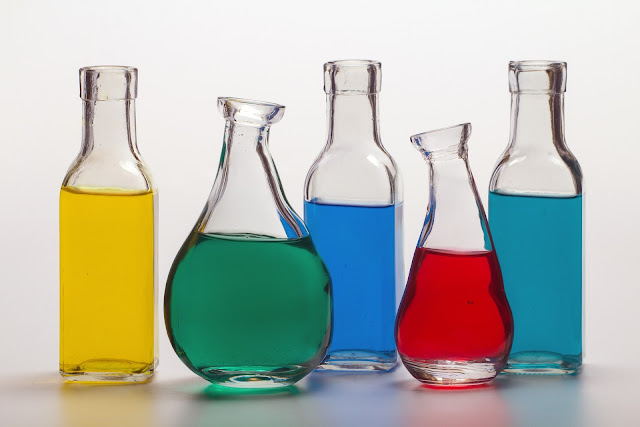Did you know the color can be
measured?
Spectrophotometers are devices made for that purpose-- to capture and
assess color. As a portion of a color control program, product owners
and inventors use them to stipulate and connect colors, and
industrialists use them to screen color correctness through manufacture.
Spectrophotometers are
able to measure almost anything, from liquids and plastics, to paper,
metal, and fabrics. These devices help on a mission to make sure that
color stays consistent from the beginning to delivery
There are three main types of spectrophotometers, the one you should choose depends on the reason you need it for.
0º/45º (or 45º/0º)
The most widely recognized spectrophotometer, this instrument
measures light reflected at a settled point to the example, generally
45˚, and can avoid gleam to most nearly recreate how the human eye sees
shading. They are regularly utilized for measuring shading on smooth or
matte surfaces.
Spherical
Round instruments can quantify light reflected at all points to
ascertain shading estimations that nearly coordinate what a human eye
would see. They are normally utilized for measuring shading that has
been connected to finished surfaces, for example, materials, floor
coverings and plastics, and additionally sparkling or reflect like
surfaces, including metallic inks, printing overthwart, and other very
lustrous surfaces.
Multi-Angle
A multi-point instrument sees the shade of an example as though it is
being moved forward and backward, similarly as you would curve a
specimen to see the shading on different edges. Today's multi-point
instruments are utilized for uniquely covered shades and enhancement
hues with added substances, for example, mica and pearlescent, for
example, nail clean and car coatings.

No comments:
Post a Comment